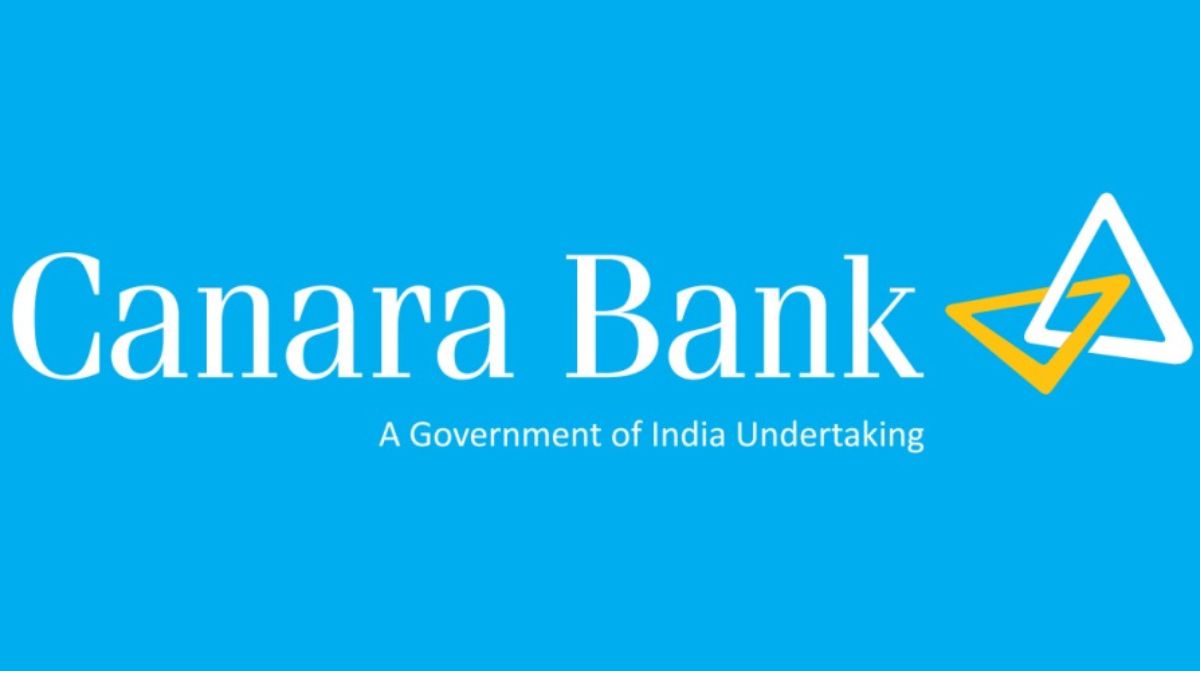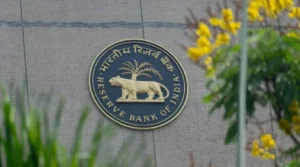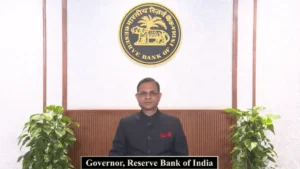In a major move aimed at promoting financial inclusion and customer convenience, Canara Bank has waived the minimum balance requirement across all its savings bank (SB) accounts, including regular savings, salary, and NRI accounts. This decision eliminates Average Monthly Balance (AMB)-related penalties, making Canara Bank the first major public sector bank in India to implement such a customer-friendly reform.
Why in News?
The news is significant as Canara Bank’s recent decision marks a major shift in traditional banking practices, especially for public sector banks. It reflects a growing trend toward inclusive and digital-first banking, enabling easier access for customers from various economic backgrounds, including students, salaried individuals, and rural account holders.
Key Highlights
- Bank: Canara Bank
- Reform: Waiver of AMB (Average Monthly Balance) requirement
- Effective for: All types of SB accounts—Regular, Salary, NRI
- Customer Benefit: No penalties for not maintaining minimum balance
Objectives of the Reform
- Promote financial inclusion
- Encourage banking among low-income and rural populations
- Enhance customer satisfaction by reducing penalty-based banking
Background
- Average Monthly Balance (AMB): Previously, customers had to maintain a certain average balance each month based on the account type and location (urban/rural).
- Penalty Charges: Non-maintenance led to monthly penalties, varying with account categories and zones.
About Canara Bank
- Founded: 1906 by Ammembal Subba Rao Pai in Mangalore
- Branches (as of March 31, 2025): 9,849 across India (3,139 in rural areas)
- ATMs: 9,579
- International Presence: London, New York, Dubai, GIFT City
Significance
- Supports the government’s vision of Jan Dhan Yojana and Digital India
- Benefits students, senior citizens, salaried class, and NRIs who may not maintain high balances
- Reduces barriers to accessing banking services for underserved populations
| Summary/Static | Details |
| Why in the news? | Canara Bank Removes Minimum Balance Rule for All SB Accounts |
| Reform | Waiver of Average Monthly Balance (AMB) requirement |
| Affected Accounts | All Savings Bank accounts (Regular, Salary, NRI) |
| Purpose | To promote financial inclusion and customer convenience |
| Founded | 1906, Mangalore |
| Rural Branches (2025) | 3,139 out of 9,849 total |
| International Branches | London, New York, Dubai, GIFT City |



 RBI’s ₹1 Trillion OMO Purchase: What It ...
RBI’s ₹1 Trillion OMO Purchase: What It ...
 RBI Monetary Policy December 2025: Why I...
RBI Monetary Policy December 2025: Why I...
 SEBI Launches SWAGAT-FI to Simplify Acce...
SEBI Launches SWAGAT-FI to Simplify Acce...







